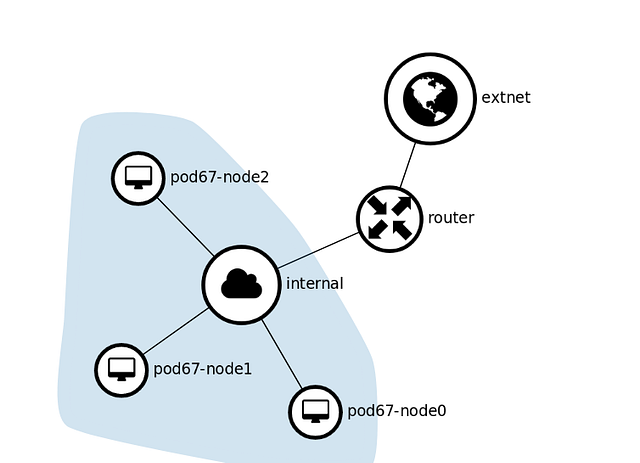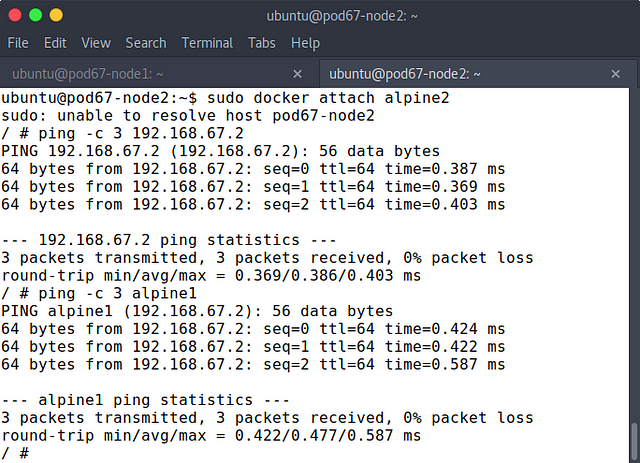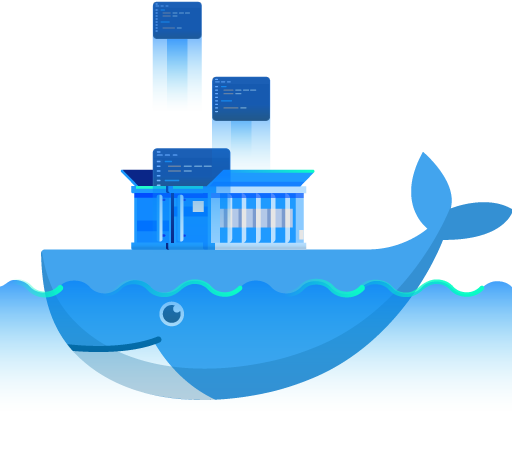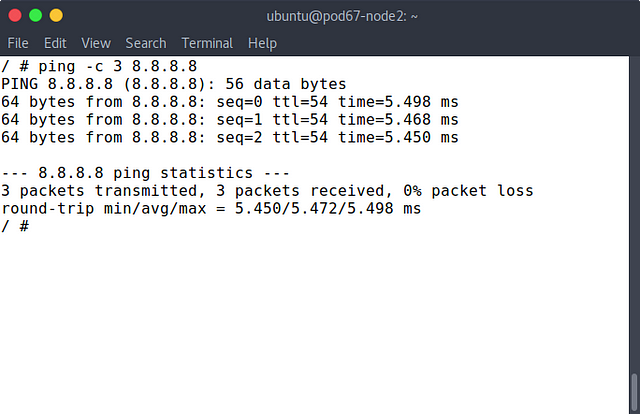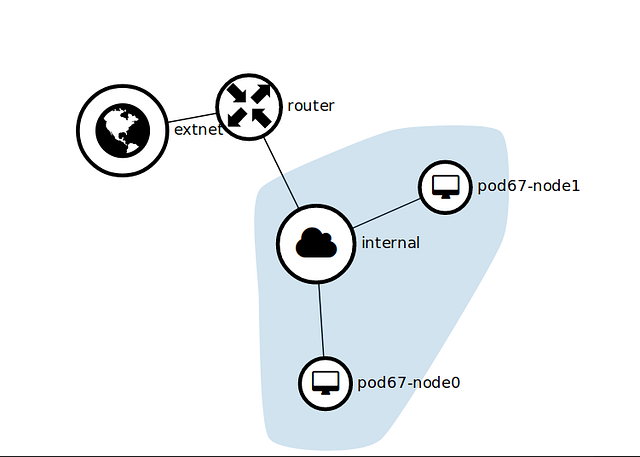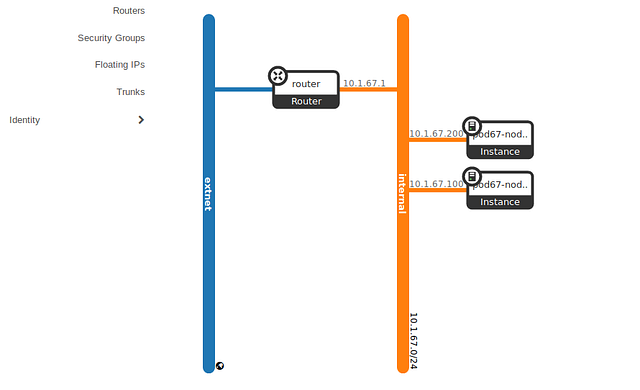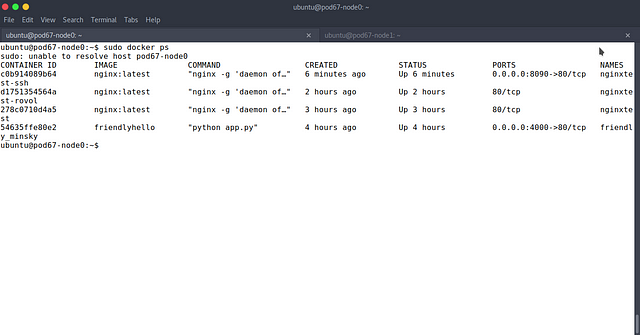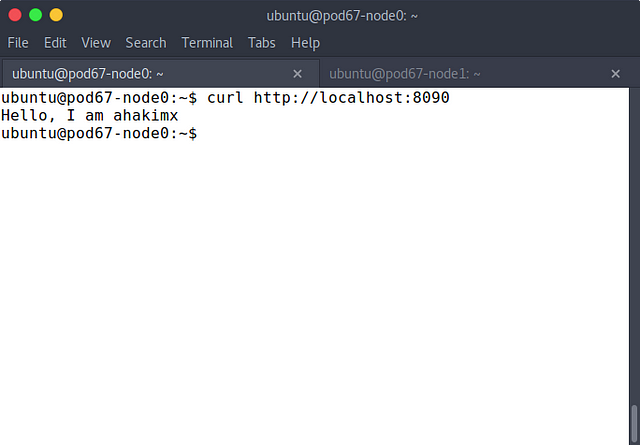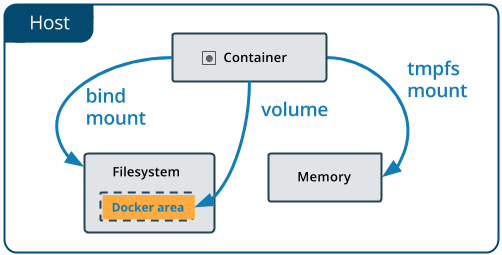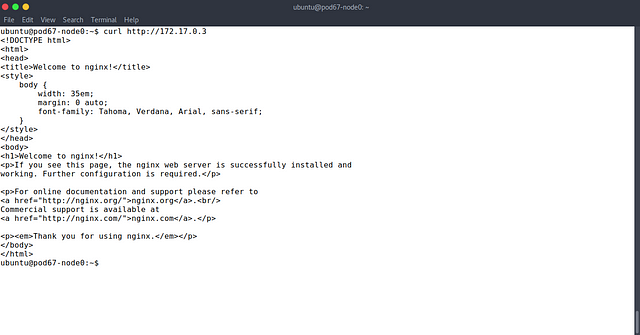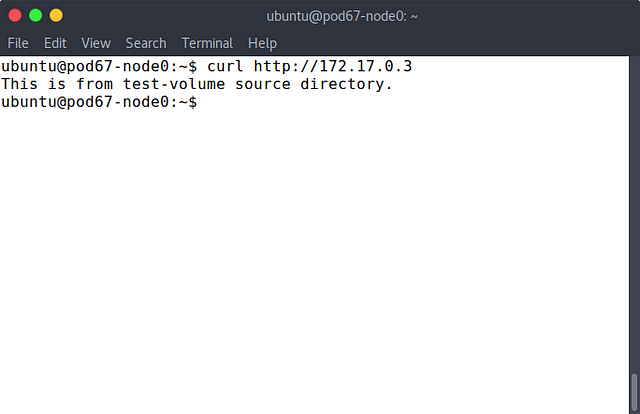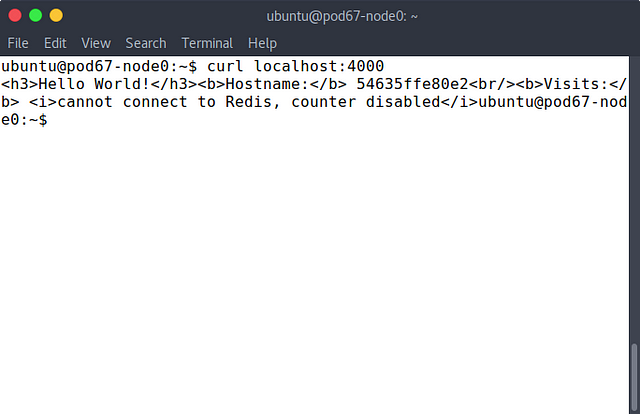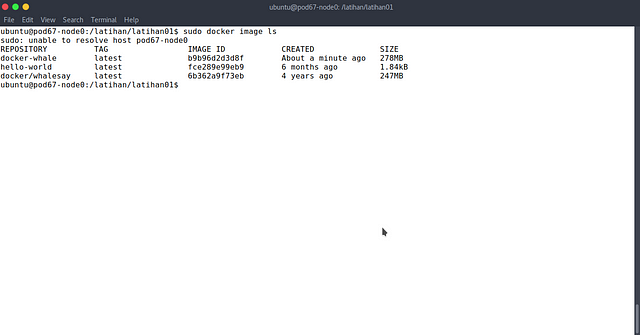 |
install docker on centos
$ sudo yum install -y yum-utils \
device-mapper-persistent-data \
lvm2
$ sudo yum-config-manager --add-repo https://download.docker.com/linux/centos/docker-ce.repo
$ sudo yum -y install docker-ce docker-ce-cli containerd.io
$ sudo systemctl start docker
$ sudo systemctl enable docker
$ sudo systemctl status docker
$ usermod -aG docker nanox
Install Docker Compose
$ sudo curl -L "https://github.com/docker/compose/releases/download/1.25.0/docker-compose-$(uname -s)-$(uname -m)" -o /usr/local/bin/docker-compose
$ chmod +x /usr/local/bin/docker-compose
$ docker-compose -v
Downloading the jenkins docker image
$ docker pull jenkins/jenkins
$ docker info | grep -i root
Docker Root Dir: /var/lib/docker
$ du -sh /var/lib/docker
586M /var/lib/docker
create a docker compose file for jenkins
$ mkdir jenkins-data
$ mkdir jenkins_home
$ cd jenkins-data
$ vi docker-compose.yml
version: '3'
services:
jenkins:
container_name: jenkins
image: jenkins/jenkins
ports:
— "8080:8080"
volumes:
— $PWD/jenkins_home:/var/jenkins_home
networks:
— net
networks:
net:
Create a Docker container for jenkins
$ sudo chown 1000:1000 jenkins_home -R
$ docker-compose up -d
$ docker ps
CONTAINER ID IMAGE COMMAND CREATED STATUS PORTS NAMES
cdcd15d0b313 jenkins/jenkins “/sbin/tini — /usr/…” 21 seconds ago Up 19 seconds 0.0.0.0:8080->8080/tcp, 50000/tcp jenkins
$ docker logs -f jenkins
save password ->
1c94a093462e46cab76f33exxxx
open browser http://192.168.88.24:8080

install suggested plugins
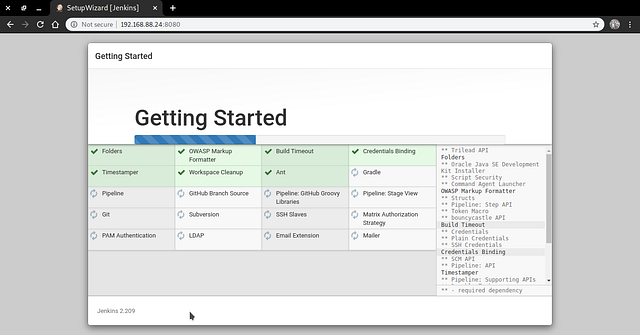
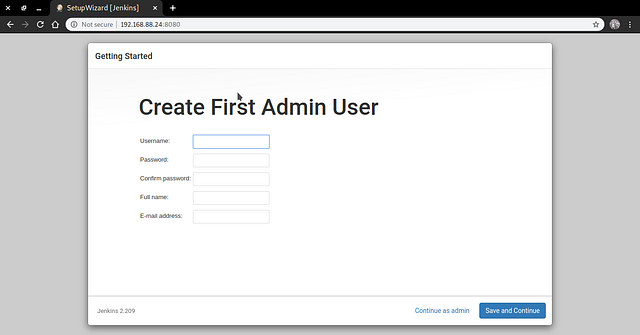

Thanks..
Reference: https://docs.docker.com/install/linux/docker-ce/centos/
